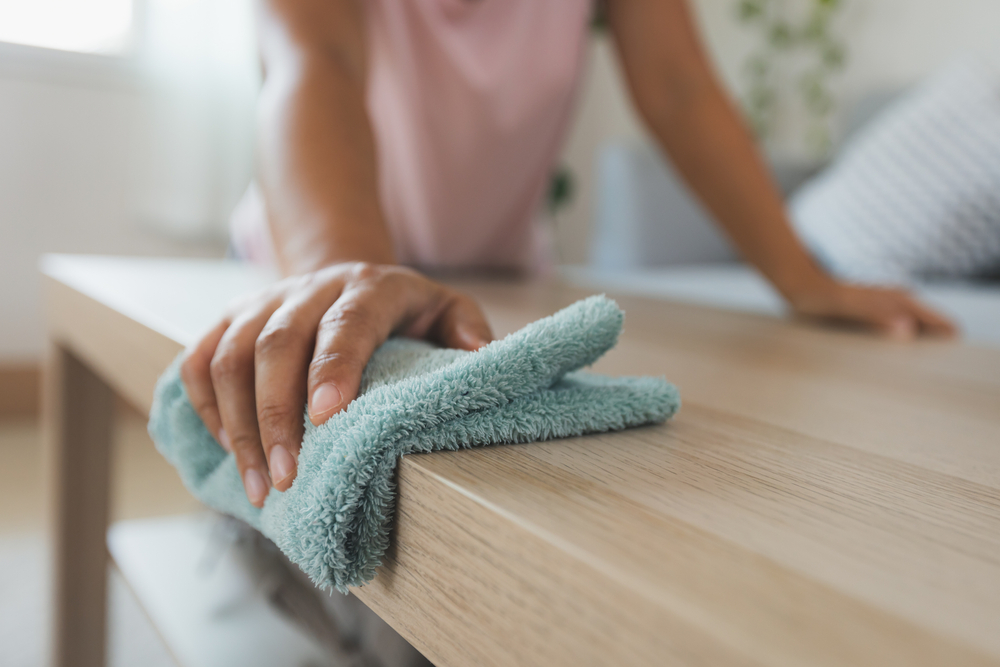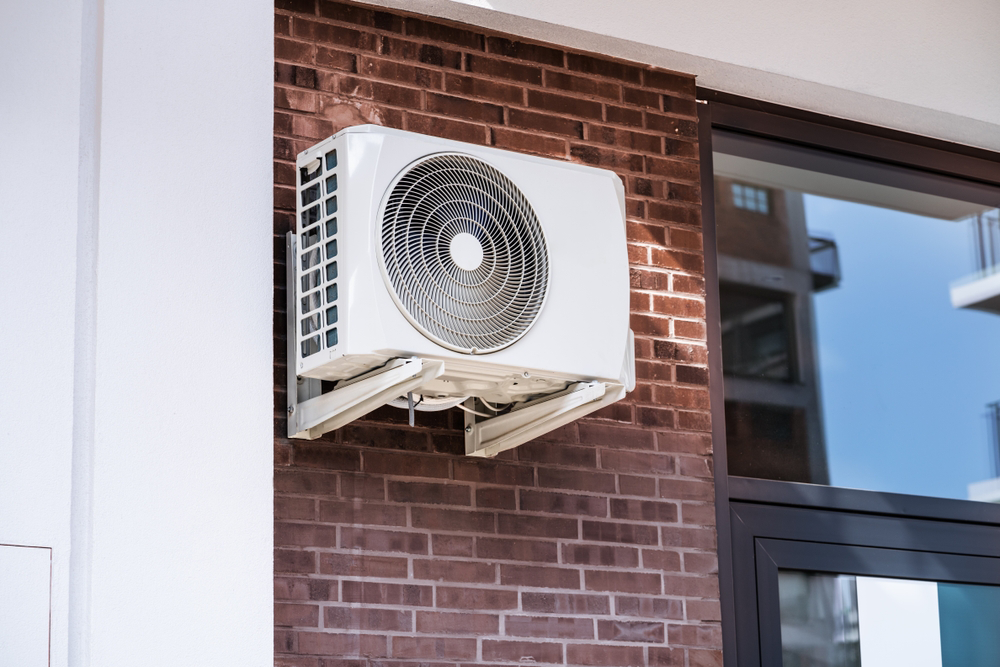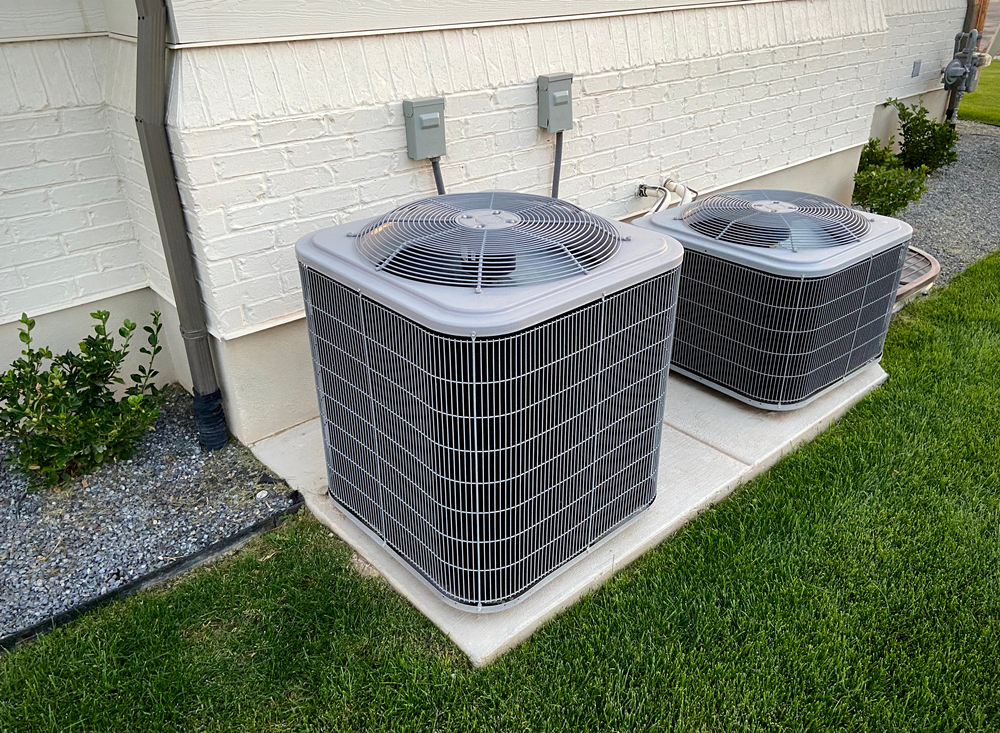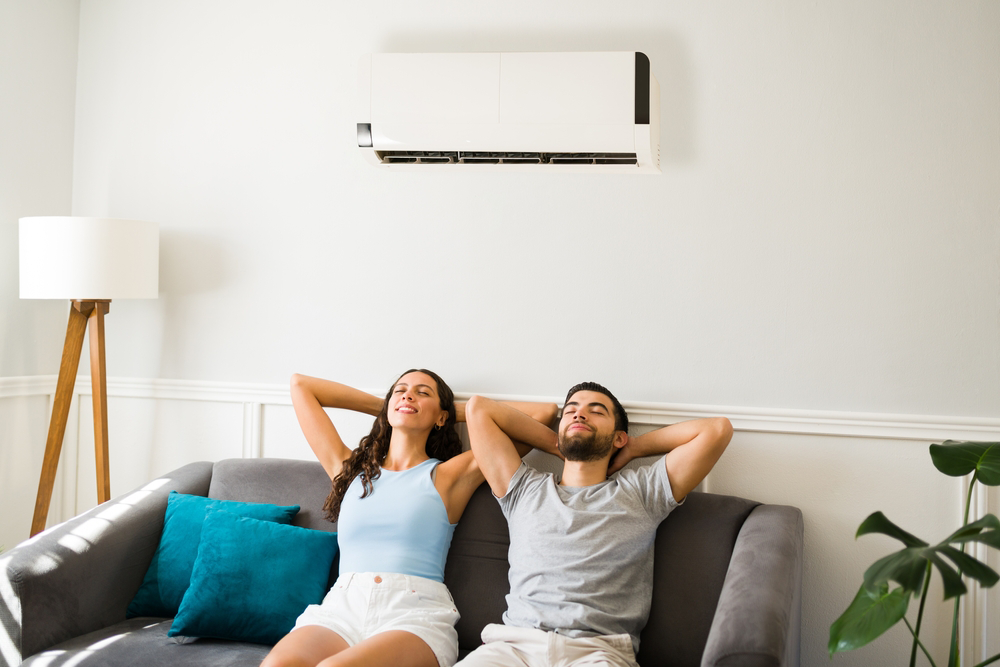How to Improve Indoor Air Quality in Your Home
While it may not be the first thing that comes to mind, the air we breathe is no doubt an important part of our comfort and health. As such, paying attention to your home’s indoor air quality is of utmost importance — but how can you improve it? Let’s take a look at five things you can do to improve indoor air quality in your home.
Keep Your HVAC Filters Clean
Maintaining clean HVAC filters is an important step in improving indoor air quality. The air filter in your HVAC system plays a pivotal role in trapping indoor air pollutants such as pet dander, dust mites, and pollen, which can otherwise circulate throughout your home.
Regularly replacing or cleaning the air filters prevents these contaminants from building up in the air ducts and being released into your living space. This practice not only improves indoor air quality but also enhances the efficiency of your air conditioning systems — leading to fresher, cleaner air indoors and reducing the health risks associated with poor air quality.
Clean Dust Routinely
Dusting your home on a regular basis is an effective method to improve indoor air quality. Dust particles can harbor a variety of indoor air pollutants, including mold spores, pet dander, and dust mites, contributing to indoor air pollution.
As such, dusting surfaces with a damp cloth minimizes the chance of these particles becoming airborne and ensures that they are effectively removed from your environment. This simple act is one of the most direct ways to reduce the concentration of harmful chemicals and other pollutants inside your home.
Open Windows When Possible
Opening windows to allow fresh air to circulate can significantly improve indoor air quality by reducing the concentration of indoor pollutants. The exchange of indoor air with outdoor air helps to dilute the levels of indoor air pollutants, including volatile organic compounds (VOCs) emitted from household cleaning agents, paint-stripping products, and gas stoves.
This natural ventilation method brings in cleaner outdoor air, assuming the outdoor air quality is better, and helps to flush out stale air and pollutants from indoor spaces. Regularly opening windows, especially in favorable weather conditions, promotes a healthier indoor environment by ensuring a supply of fresh air and reducing the accumulation of harmful airborne substances.
Keep Humidity Lower
Keeping the humidity in your home at a lower level is vital for improving indoor air quality. High humidity levels can foster the growth of mold spores and dust mites, both of which are common indoor air pollutants that pose significant health hazards.
By using dehumidifiers and ensuring that your home is well-ventilated, you can maintain a humidity level between 30% and 50%, as recommended by the Environmental Protection Agency (EPA). This not only helps prevent the growth of mold and dust mites but also discourages the presence of other allergens and pollutants that thrive in moist environments, contributing to cleaner indoor air and mitigating potential respiratory diseases.
Consider an Air Purifier
Installing an air purifier is an effective way to filter out smaller particles that HVAC filters may not catch. Air purifiers equipped with HEPA filters can capture a broad spectrum of indoor air pollutants, including pollen, mold spores, pet dander, and even smaller particles associated with smoke and smog.
These devices work by circulating indoor air through the HEPA filter, trapping pollutants, and circulating clean air back into the room. By targeting airborne contaminants, air purifiers can significantly reduce the concentration of air pollutants indoors — offering an additional layer of protection against indoor air pollution and contributing to a healthier living environment.
If Your Home Needs IAQ Services, Call Fiscor Plumbing and Air Today
When the air quality in your home worsens, and you need to improve it, we’ll be on the case. At Fiscor Plumbing and Air, we offer professional indoor air quality services so that everyone can breathe clean air when indoors. In addition, our team can improve your comfort in other ways as well, such as with our AC repair and furnace repair services. Reach out today to schedule one of our services for your home!





